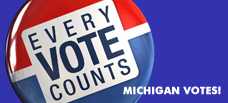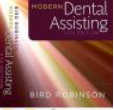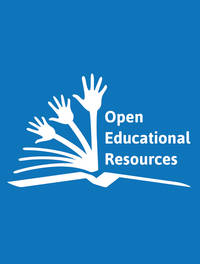VOTE!
 Did you know there’s an election coming up? Hard to miss if you’ve been online, watched TV, listened to the radio or used email in the past month. Election Day is Tuesday November 8 across the United States. We’re told it’s the most important election in our lifetime.
Did you know there’s an election coming up? Hard to miss if you’ve been online, watched TV, listened to the radio or used email in the past month. Election Day is Tuesday November 8 across the United States. We’re told it’s the most important election in our lifetime.
Ssounds like quite a responsibility wtih a lot to learn. There’s no shortage of info out there. But it’s important to look at everything critically; make sure you’re getting the most impartial info available.
The State of Michigan Voter Information Center is a good place to start. You can find out if you’re registered to vote; hope so, because in Michigan that must be done 30 days before the election. You can also find out where to go to vote and you see the ballot that you’ll be faced with in the booth.
If that makes you want to learn more — always a good idea — check out VoteSmart where you can look up a candidate by name or search by zip code to find what offices and issues.
An interesting section of VoteSmart is called ![]()
Find your political soul mate.
Based on your response to questions on several issues [healthcare, national security, etc.] VoteSmart will tell you which candidates in your area most agree with your positions.
![]() Another no nonsense site from the League of Women Voters, a group that has been providing objective information on elections since the 1920s.
Another no nonsense site from the League of Women Voters, a group that has been providing objective information on elections since the 1920s.
FactCheck.org is a project of the Annenberg Public Policy Center, “monitors the factual accuracy of what is said by major U.S. political players in the form of TV ads, debates, speeches, interviews and news releases.” Sort of a Snopes.com for politics.
FiveThirtyEight One of the original sites using data and projections models to develop statistical odds of election outcomes. In 2008 famously forecasted 49 of the 50 state outcomes for the presidential election and correctly projected all 35 US Senate races. It’s now run by ESPN and has branched out from politics, but still covers elections as its main focus. If you like numbers, this is the site for you. [538 is the total number of electors in the Electoral College]
Lots of data, polls reported on races all over the country and on issues. Notice that
Real Clear Politics is supported by advertising and includes links to news articles, so the content needs to be read with a particularly critical eye. There is still a lot of good factual reporting here.
There’s more, but this will get you started toward making you an informed citizen ready to enter the voting booth knowing what’s going on and what you think about it all.

 No — don’t go away! You’re probably tired of election season already and there’s three and a half months to go.
No — don’t go away! You’re probably tired of election season already and there’s three and a half months to go. Got your attention?
Got your attention?



 Open Educational Resources are teaching learning and research resources released under an open license that permits their free use and repurposing by others. OER can be full courses, course materials, lesson plans, open textbooks, learning objects, videos, games, tests and any other tool that supports access to knowledge.
Open Educational Resources are teaching learning and research resources released under an open license that permits their free use and repurposing by others. OER can be full courses, course materials, lesson plans, open textbooks, learning objects, videos, games, tests and any other tool that supports access to knowledge.


